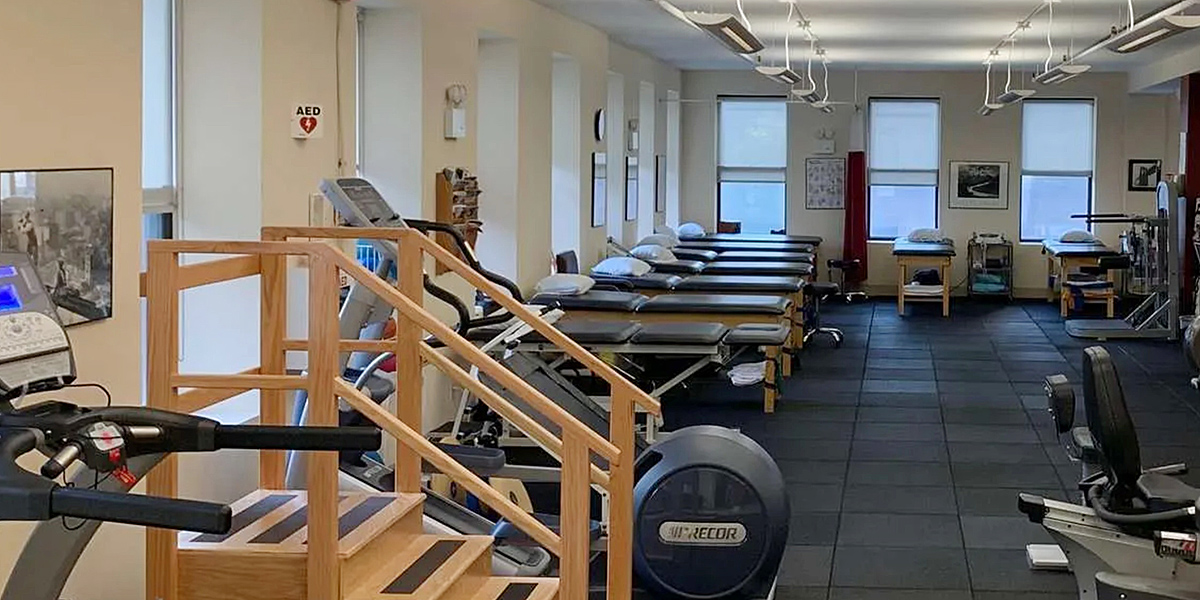Physical therapy is an essential aspect of rehabilitation for individuals recovering from injuries, surgery, or chronic pain conditions. Traction therapy is a commonly used treatment technique that involves the application of a pulling force to specific parts of the body to relieve pain, reduce muscle spasms, and improve mobility. Traction equipment plays a crucial role in delivering this therapy effectively. In this comprehensive guide, we will explore the importance of traction equipment in physical therapy, its benefits, different types of traction devices, and how they are used in clinical practice.
1. Understanding Traction Therapy
Traction therapy is a therapeutic technique used in physical therapy to treat a variety of musculoskeletal conditions, including neck and back pain, herniated discs, degenerative disc disease, and spinal stenosis. The goal of traction therapy is to decompress the spine, relieve pressure on the nerves, and reduce pain and inflammation. Traction can be applied manually by a physical therapist or using mechanical traction equipment.
2. Benefits of Traction Therapy
Traction therapy offers several benefits for individuals suffering from musculoskeletal conditions:
- Pain Relief: Traction therapy helps alleviate pain by reducing pressure on compressed nerves, relieving muscle spasms, and promoting relaxation of the surrounding muscles.
- Improved Mobility: By decompressing the spine and reducing pressure on the affected joints, traction therapy can improve mobility and range of motion, allowing patients to move more freely and perform daily activities with less discomfort.
- Increased Circulation: Traction therapy helps improve blood flow to the affected area, promoting healing and reducing inflammation.
- Non-Invasive Treatment: Traction therapy is a non-invasive treatment option that can provide significant relief for individuals with chronic pain conditions without the need for surgery or medication.
3. Types of Traction Equipment
There are several types of traction equipment used in physical therapy, each designed to deliver traction therapy to different parts of the body:
- Cervical Traction Devices: Cervical traction devices are used to treat neck pain and cervical spine conditions such as herniated discs, degenerative disc disease, and cervical radiculopathy. These devices typically consist of a head harness or collar connected to a traction unit that applies a pulling force to the cervical spine.
- Lumbar Traction Devices: Lumbar traction devices are used to treat lower back pain and lumbar spine conditions such as herniated discs, sciatica, and spinal stenosis. These devices come in various forms, including mechanical traction tables, over-the-door traction units, and pelvic traction belts that can be used with a traction harness or belt.
- Spinal Decompression Machines: Spinal decompression machines are advanced traction devices that use computer-controlled traction to treat a variety of spinal conditions. These machines apply a gentle, controlled pulling force to the spine, creating negative pressure within the discs and promoting the retraction of herniated or bulging discs.
4. How Traction Equipment Works
Traction equipment works by applying a pulling force to the spine or affected joint, creating space between the vertebrae and relieving pressure on the nerves. Depending on the type of traction device used, traction therapy may be applied in different ways:
- Manual Traction: Manual traction is performed by a physical therapist who uses their hands to apply a controlled pulling force to the spine or affected joint. This technique allows the therapist to adjust the amount and direction of traction based on the patient’s individual needs.
- Mechanical Traction: Mechanical traction is delivered using specialized traction equipment, such as traction tables, over-the-door traction units, or spinal decompression machines. These devices apply a controlled pulling force to the spine or affected joint, allowing the therapist to adjust the amount, duration, and angle of traction for optimal therapeutic effect.
5. Considerations for Traction Therapy
Before undergoing traction therapy, patients should consult with a qualified physical therapist or healthcare provider to determine if traction is an appropriate treatment option for their condition. It is essential to consider the following factors:
- Patient Evaluation: A thorough evaluation of the patient’s medical history, symptoms, and diagnostic imaging results is necessary to determine the underlying cause of their pain and whether traction therapy is appropriate.
- Treatment Plan: The physical therapist will develop a customized treatment plan based on the patient’s individual needs, including the frequency, duration, and intensity of traction therapy sessions.
- Monitoring and Adjustment: Throughout the course of treatment, the physical therapist will monitor the patient’s progress and adjust the traction parameters as needed to ensure optimal therapeutic effect and minimize the risk of complications.
6. Precautions and Contraindications
While traction therapy is generally safe and well-tolerated, there are some precautions and contraindications to consider:
- Pregnancy: Traction therapy is not recommended for pregnant women, as it may pose a risk to the developing fetus.
- Osteoporosis: Patients with severe osteoporosis or fragile bones may be at increased risk of fractures during traction therapy and should avoid this treatment.
- Spinal Instability: Traction therapy may exacerbate spinal instability in patients with certain spinal conditions, such as spondylolisthesis or spinal fractures.
- Recent Surgery: Patients who have recently undergone spinal surgery should avoid traction therapy until they have fully healed and their surgeon has cleared them for this treatment.
7. Conclusion
Traction therapy is a valuable treatment option for individuals suffering from a variety of musculoskeletal conditions, including neck and back pain, herniated discs, and spinal stenosis. Traction equipment plays a crucial role in delivering this therapy effectively, helping patients achieve pain relief, improved mobility, and better overall quality of life. By understanding the importance of traction equipment in physical therapy and following appropriate precautions and guidelines, healthcare providers can ensure safe and effective treatment for their patients.


Comments are closed